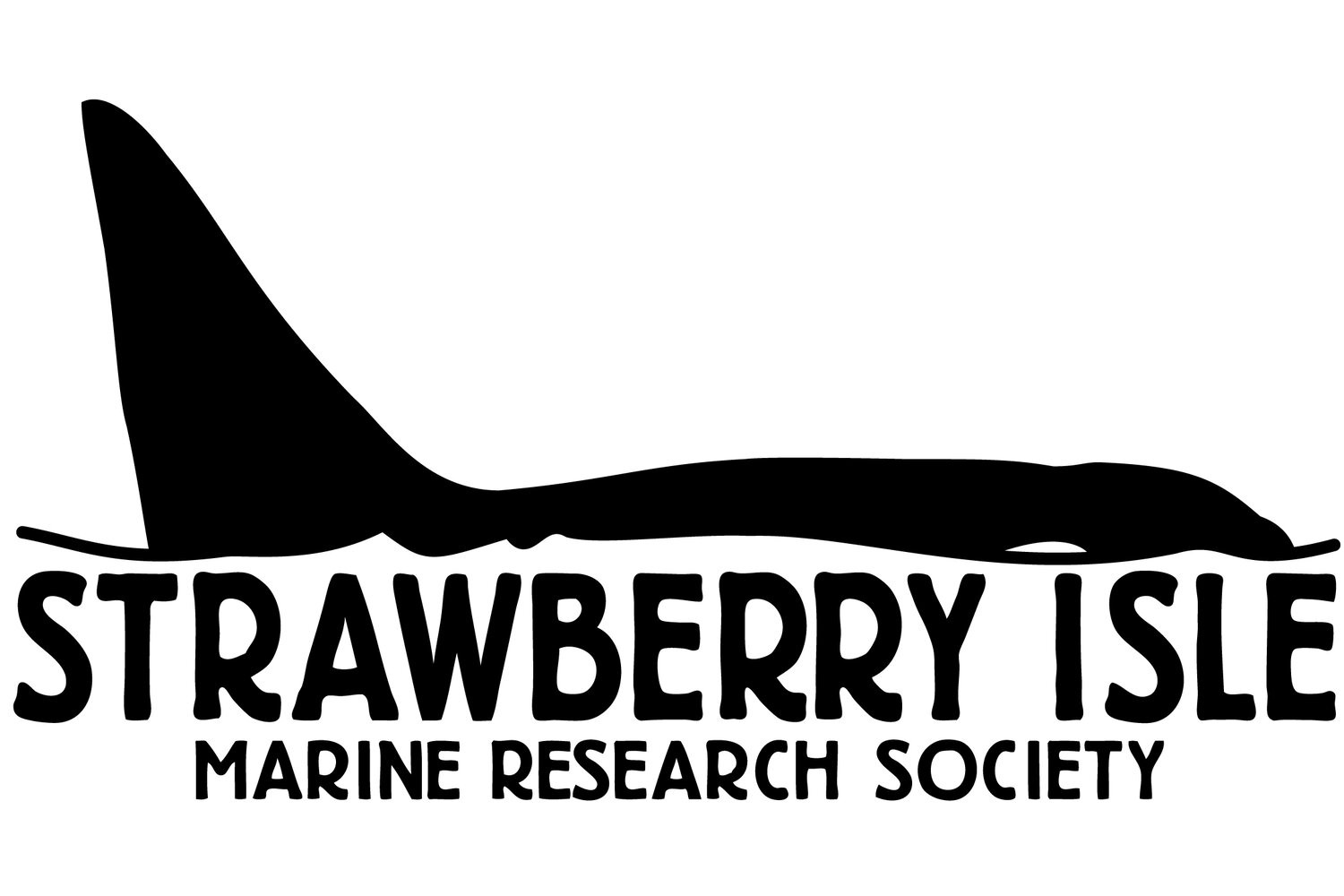Orcas, Orcas, Everywhere: the Evolution of Ecotypes
/Approximately 250,000 years ago, killer whales began to diversify from a single homogenous species into the distinctly different ecotypes alive today; from small fish eating whales in the Antarctic to large whale eating killer whales in the North Atlantic, there are now at least ten officially recognized ecotypes of killer whales in the wild. These ecotypes have different “languages”, cultures, lifestyles, and even genomes. This diversification took about 4,900 to 8,800 generations of whales to complete. In respect to evolutionary time, this is very fast! One particular study was interested in finding out how the whales managed this so quickly, and found it is probably largely due to their complicated social interactions, chosen environment and in many ways, randomness.
Photo by sydney dixon
Genetic drift is a random evolutionary process that is especially strong during bottleneck and founder events. Bottleneck events happen when the population is severely reduced due to some kind of disaster such as a devastating flood or overhunting by humans and a few random individuals survive. Founder events happen when a small group leaves its original range and establishes a population somewhere new. In both cases, the resulting new populations will have distinct prevalences of certain genes. For example, if many of the survivors or founders happened to be larger, the new gene pool would contain more genes for larger size than normal. Another example is if one of the few survivors/founders happened to have a rare genetic disease, the new population will have a much higher percentage of that genetic disease than the original group. This is different from natural selection because the individuals survived randomly, not because they had “good” or “bad” genes for the situation. If this random genetic drift keeps happening, eventually the populations will become genetically and reproductively distinct from each other.
After sequencing the genes of members of 5 killer whale ecotypes, they found there had been at least 2 major bottleneck events in killer whale history, which may have sped up the evolutionary process by creating new populations with diverse gene pools. There were also many founder events as killer whales have managed to find a home in every ocean, and the ability to explore and thrive in new places can be attributed to the killer whale’s social culture. How did all these killer whales spread across the globe into every ocean which each poses unique challenges, and still manage to thrive and retain their status as apex predators? It is most likely due to their social interactions and killer whale culture that they could manage such an achievement. Many female killer whales live long lives after raising calves, and this aspect of their ecology is more important than it may seem. Killer whale family groups are usually organised in a matriarchy, where the female line is the most important for passing on behaviours and information that they have found to be helpful in their area (like Type B’s making waves to hunt seals), their unique languages, and maybe even mating preferences. Because this knowledge is taught and can continue to be taught to young calves by the matriarchs, a “culture” is formed within these pods which if they retain these differences for a long enough time, can make them behaviorally and eventually even genetically distinct from other killer whale family groups. This is especially important when moving out of their original range and into new waters because when they learn new strategies for survival they can effectively communicate them to others! Killer whales also have a great behavioural plasticity, which means that depending on the situation they are in they can think and adapt their tactics to survive. For example, if a usually seal eating whale was to move into an area where seals are scarce but salmon are plentiful, they would most likely be able to figure out new hunting methods for salmon and learn about their movements which they can then pass on to their descendants. The behavioural plasticity in action alongside their social structure allowed the killer whale to spread all over earth’s oceans leading to many founder events (genetic drift) and specific cultures being formed. Eventually over many generations of killer whales, the pressures from natural selection, strong genetic drifting, and selective breeding within each culture has changed the genetic composition of each of these ecotypes, and may have turned one kind of killer whale into ten in no time at all!
~ by Nadja Burkart



